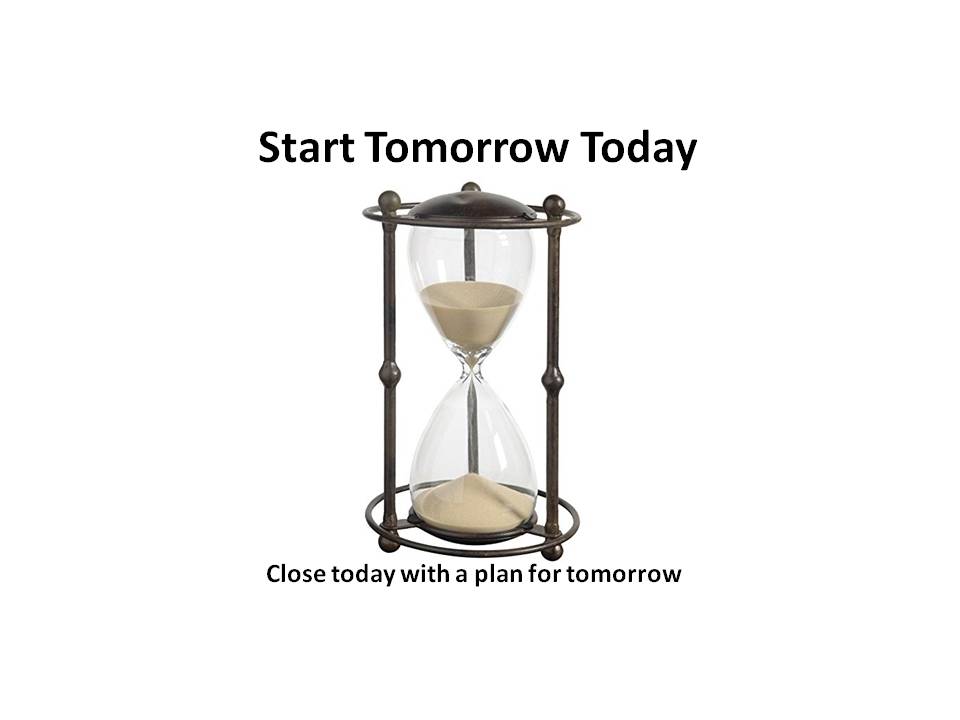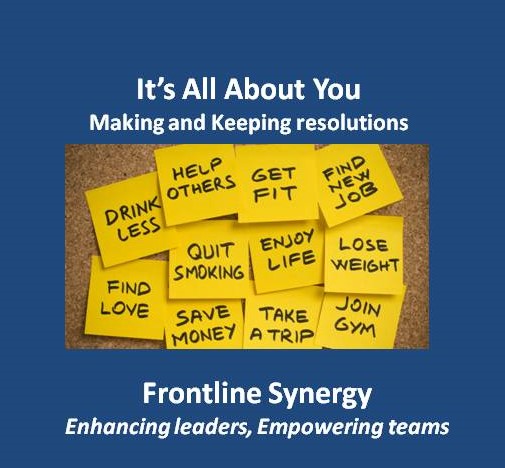Leading Frontline Change:
Today’s leadership investment yields tomorrow’s team dividends
By Thomas Davis, CRNA
Effectiveness as a leader is not based on popularity but rather on the ability to manage change
 “The only constant is change.” Modifications to best practice protocols are initiated internally and are meant to improve both workflow and patient outcome. Other initiatives have an external source and are mandated by new regulations or alterations in reimbursement. Frontline managers and team leaders set the tone for how the work group will respond and the attitude projected by the leader will ultimately contribute to the success or failure of the initiative. Frontline Leaders are critical to success whenever the status quo is altered.
“The only constant is change.” Modifications to best practice protocols are initiated internally and are meant to improve both workflow and patient outcome. Other initiatives have an external source and are mandated by new regulations or alterations in reimbursement. Frontline managers and team leaders set the tone for how the work group will respond and the attitude projected by the leader will ultimately contribute to the success or failure of the initiative. Frontline Leaders are critical to success whenever the status quo is altered.
As recently as 5 years ago, in order to accommodate the need for Nurse Anesthetists and ICU nurses to work 12-hour shifts, several hospitals offered workers 3 X 12 hours per week to count and be paid as a 40 hour work week. The response was positive and the hospitals had a plethora of applicants working the popular shift. Over time, changes in healthcare reimbursement took place and the 36-paid-as-40 model was no longer viable. Hospitals were forced to implement new schedules that required 40 hours of work for 40 hours of pay. For example, two individual hospitals in the same community implemented the change to the 40-hour work week with very different results. Although the change was not popular at either hospital, one system made the change smoothly with the team focused on all of the other positive benefits offered by the employer. As a result, there were no resignations. At the second hospital, 18 members of the department abruptly quit their jobs. The difference was Frontline Leadership.
Status quo does offer a level of comfort, however, change is often an opportunity for the frontline healthcare leader to experience personal growth as well as growth and development of the team. The leader’s personal response to the change will set the tone for the entire workgroup. By using asset based thinking (ABT), creativity and good communication, your workgroup can lead the way in the implementation of change. Remember, change does not necessarily threaten your personal vision. With creativity, change can actually move your vision forward. In the example of implementing the 40- hour work week, the successful leader held true to the vision of making the hospital an employer of choice. The reason behind the change was thoroughly explained to the workgroup and the implications were revealed. The group learned that the change would bring financial stability to the organization and add security to their jobs. The group actively participated in creating a new schedule that was acceptable to all. When the change was made, even though they preferred the 36-hour work week, the change went smoothly. Conversely, at the other hospital the change was implemented as a mandate from above. The attitude was, “if you don’t like it, find another job”…and many did.
Build on a solid foundation
Change is commonly perceived as threatening when the frontline worker sees no personal benefit. Strong leaders have an opportunity to thrive during times of change as opposed to weak leaders who wilt and eventually perish. Leaders who are successful at embracing and implementing change are people who have a long history of being connected with the workgroup. A leader may safely assume that at some point policies and procedures will be altered. Establishing yourself as a trusted and confident person who cares about each team member on a personal level will give you credibility with the team when they feel threatened by the need to modify the status quo.
To be an effective leader:
- Role model excellence in every phase of the job. Take your turn on the front line of patient care along with the members of your workgroup and earn respect for your skills.
- Develop a one on one relationship with each member of your team. Know something personal about each person and have a sincere desire to promote their professional development.
- Have a vision for the group and communicate it regularly. Every member of your team must know and support your vision. Encourage open discussion to clarify your vision.
- Be upbeat and confidently demonstrate ABT. Anticipate success.
Do your Homework
With change comes anxiety and when people are uncertain, rumors emerge. You will be amazed at what a friend of a friend heard someone say in the elevator. Once gossip takes on a life of its own, it will taint how we perceive people and problems. Writing in Science, Eric Anderson states, “Gossip does not impact only how a face is evaluated – it affects whether a face is seen in the first place.” Once the gossip starts, time is of the essence to get it stopped. A leader must quickly understand the proposed change and the reasoning behind it, connecting the new policy to the greater goal of the organization, and then communicating it honestly and openly.
Before you talk with your team about the upcoming change, become the expert on the topic. Read the new policy and have a one-on-one conversation with your superiors and other stakeholders. Succinctly share your concerns privately in a proactive and asset-based manner. Always speak and listen with good intent and with a commitment to understand.
Before you meet with your team:
- Clarify the specifics of the future state and the advantages that will emerge with the new policy.
- Identify and utilize key stakeholders and sources of support.
- Identify obstacles and explore ways to remove them.
- Involve key people in the workgroup to help with the rollout of the new plan.
- Develop a timeline and abide by it. Delaying will only give more time for rumors and gossip to spread.
Communicate
Sincere, two way communication is essential for implementing and managing change. Set a positive and confident tone when discussing the future. If members of your team perceive that you are uncertain and lack confidence, they will not openly support you. Your ambivalence will be compounded by the negative effects of rumors and gossip causing morale to drop along with the effectiveness of your leadership. Now is the time for you to display self-assurance and maintain control. Being recognized and respected as a leader is status that is earned over time. From day one a leader must earn the trust of the team. Once you have done your homework related to the change and you know the details of both why and how the change will be implemented, you are ready for one of the most important roles of a leader – keeping the team informed.
To keep the team informed:
- Schedule a town hall meeting where the change can be openly discussed.
- Be open and honest and share all that you have been asked to share. If you have been asked not to share something, don’t pretend that you don’t know. Simply state that you cannot yet share that detail.
- Let people know that gossip is not acceptable(will not be tolerated?). Honestly answer all questions in order to prevent and dispel rumors.
- Listen to each member of the team with the intent to understand. Acknowledge individual concerns.
- Use ABT to focus on positive aspects of the change.
- Where possible, connect the proposed change to your personal vision and the greater goal of the organization.
- Challenge the team to actively participate with implementing the change.
As the leader of a team of frontline healthcare workers, you want everything to run smoothly on a daily basis with great workflow, safe patient outcome and a happy staff. Although change can be challenging to the team, it can also be an opportunity for the talented Frontline Leader to shine. Make a commitment to establish a solid foundation with your team and to connect with each individual. The groundwork that you lay today will pay huge dividends when it’s time to implement the inevitable change.
Thomas Davis is an experienced clinical anesthetist, leader, speaker and the owner of Frontline Team Development and Leadership.























